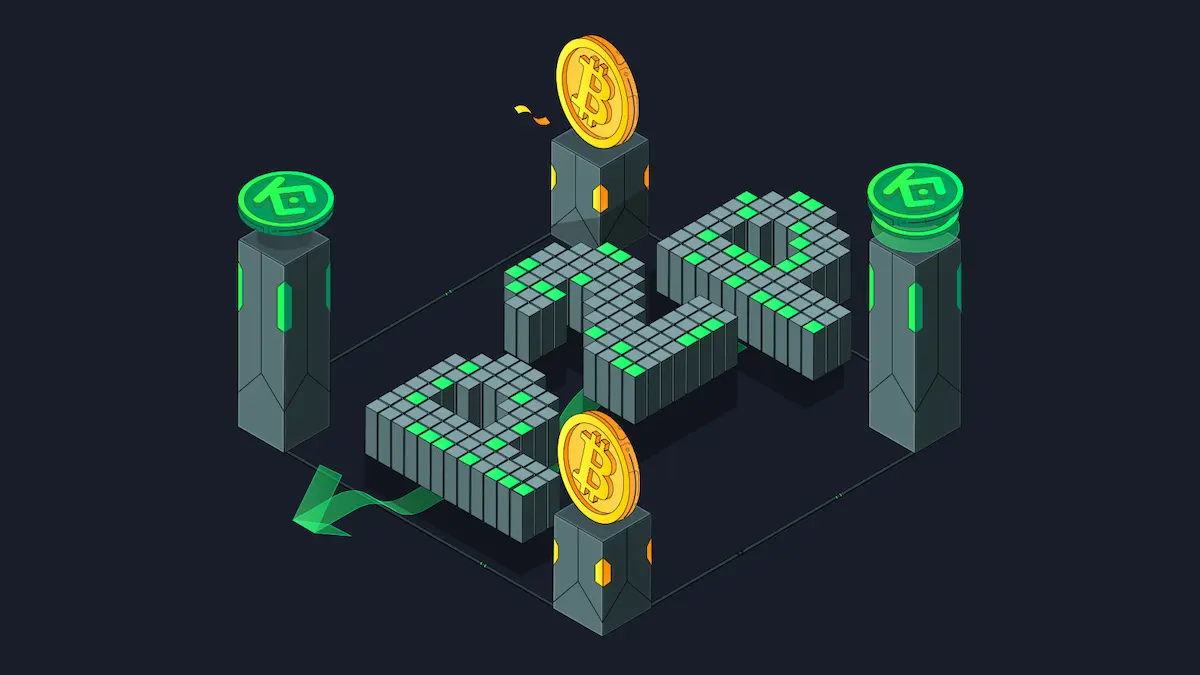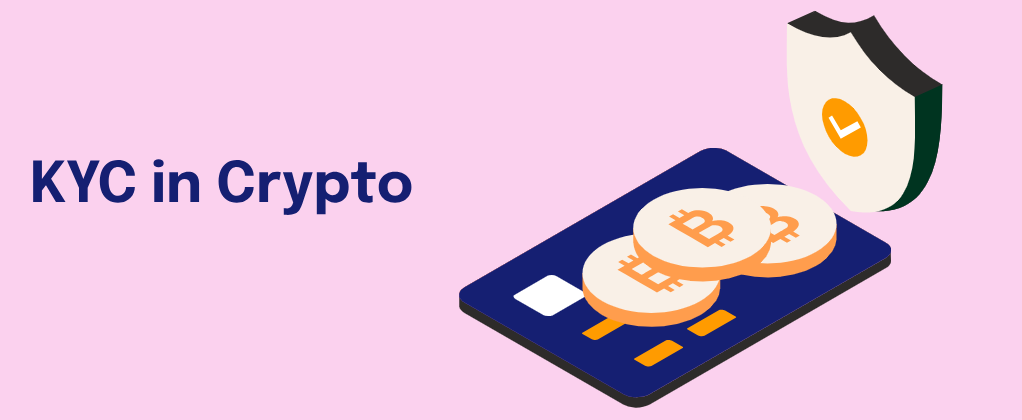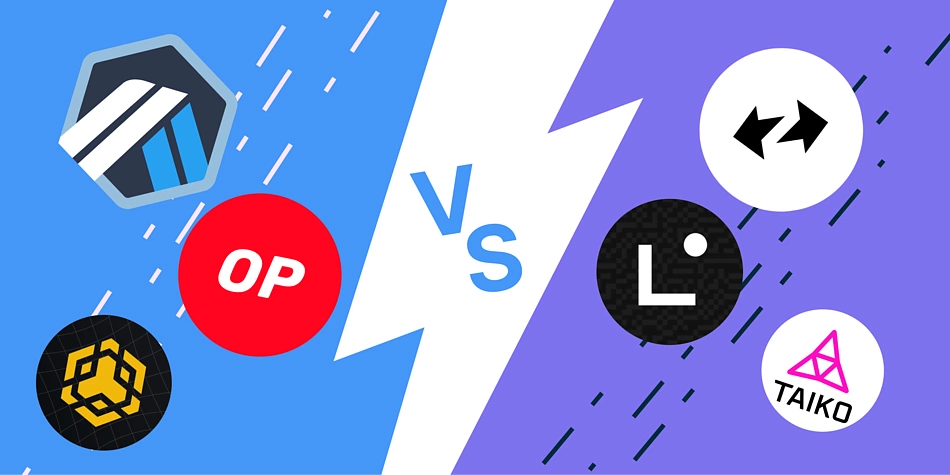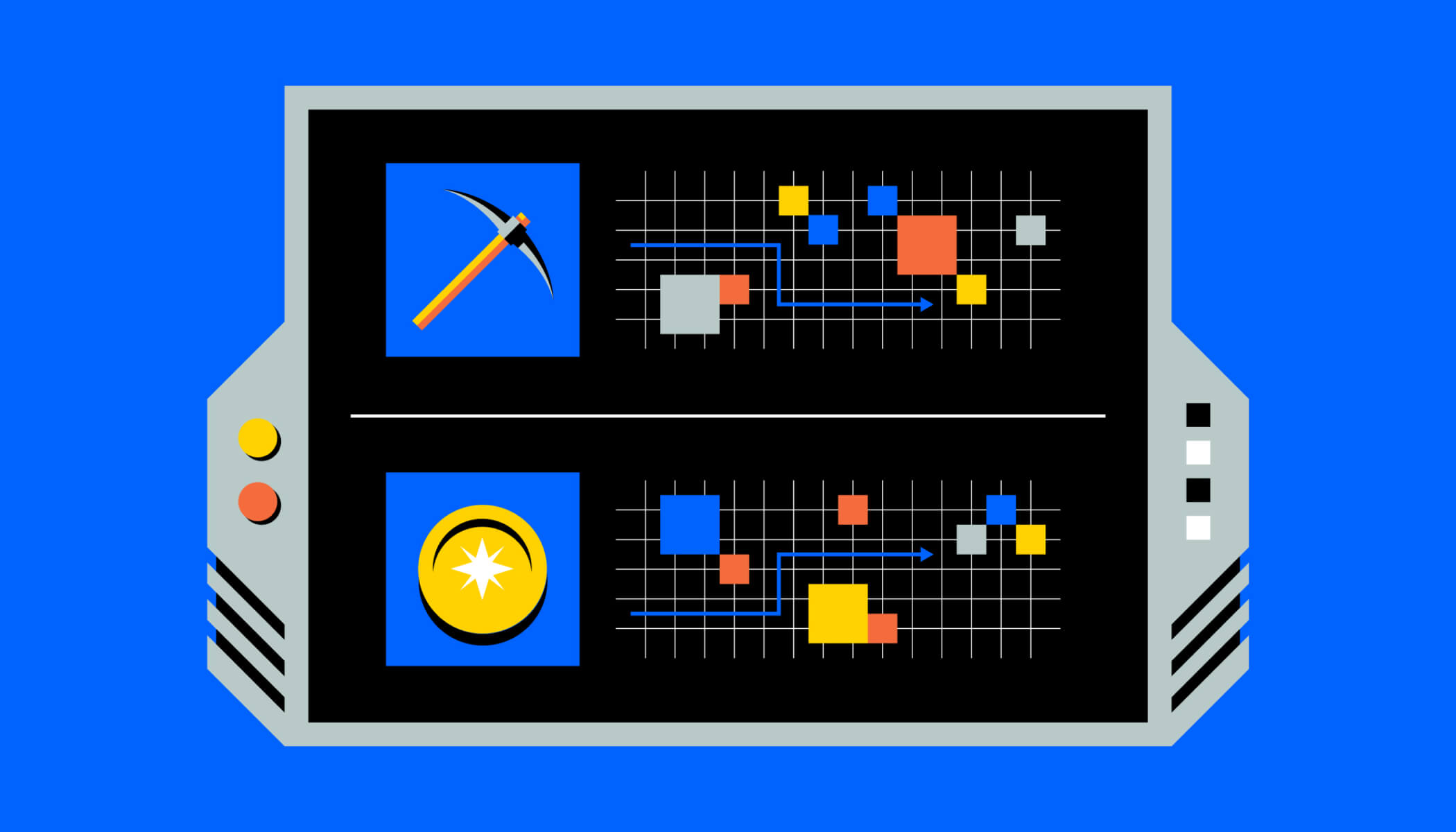Overview: What is DeFAI?
DeFAI, short for Decentralized Finance with Artificial Intelligence, represents the integration of AI-powered tools into the DeFi ecosystem. Its primary goal is to optimize user experiences, automate complex financial operations, and enhance security through advanced algorithms. By combining predictive analysis, personalization, and automation, DeFAI has the potential to revolutionize how users interact with DeFi platforms.
Examples of DeFAI in Action
- Dynamic Yield Optimization with AI Bots:
Platforms like Harvest Finance employ AI to continuously monitor yield farming opportunities across multiple protocols. For instance, the AI might detect that a specific liquidity pool on Curve Finance is offering higher APYs due to increased trading volume and automatically move user funds there. - AI-Driven Credit Risk Assessment:
Protocols like Teller Finance use AI to analyze on-chain and off-chain data (e.g., wallet history, transaction patterns, and credit-like behavior) to determine the risk profile of borrowers. This ensures lenders minimize exposure to defaults while providing fair interest rates. - Predictive Price Alerts for Traders:
Advanced trading bots such as those on dYdX integrate AI models that predict short-term price volatility. For example, the bot might alert users about potential price fluctuations in ETH/USD due to an anticipated increase in trading volume following a significant protocol upgrade. - Smart Contract Security Audits:
Tools like CertiK and ImmuneFi use AI to conduct real-time code reviews of smart contracts, identifying vulnerabilities before they can be exploited. For instance, AI systems flagged reentrancy risks in a decentralized exchange’s contract during testing, preventing a potential hack.
Pros and Cons of DeFAI
Pros:
- Automation and Efficiency: Users save time as AI handles tasks like portfolio rebalancing and yield optimization autonomously.
- Advanced Analysis: AI processes large datasets and provides actionable insights in real-time, such as identifying arbitrage opportunities across DeFi platforms.
- Increased Accessibility: Simplifies the DeFi space, enabling non-technical users to participate confidently.
- Enhanced Security: AI can detect anomalies, suspicious transactions, or vulnerabilities in smart contracts instantly.
- Personalized Recommendations: Platforms tailor strategies based on users’ risk tolerance, investment goals, and past behaviors.
Cons:
- Technical Complexity: While automated, some users may distrust systems they don’t fully understand.
- Centralization of AI Models: Many AI tools rely on centralized servers, potentially conflicting with the ethos of DeFi.
- Risk of Algorithmic Errors: Miscalculations or reliance on incomplete data could lead to financial losses.
- High Development Costs: Building sophisticated DeFAI solutions requires significant resources, which may exclude smaller projects.
Market Sentiment
The market views DeFAI as a promising development in decentralized finance, particularly for its potential to simplify complex processes and optimize returns. Institutional investors, in particular, are drawn to its ability to manage risk and maximize profits efficiently.
However, skepticism exists among DeFi purists who worry about the potential compromise of decentralization due to centralized AI models. Despite these concerns, the broader market sentiment remains optimistic, with many recognizing DeFAI as the next logical step in DeFi innovation.
The Evolution of DeFAI
DeFAI is still in its infancy but rapidly advancing. Early applications have focused on trading bots, smart contract security audits, and yield farming optimization. As the technology matures, we can expect:
- More Accurate Market Predictions: AI systems will leverage increasingly complex deep-learning models for market forecasting.
- Fully Decentralized AI Solutions: AI integrated directly into autonomous smart contracts, eliminating reliance on centralized infrastructures.
- Greater Interoperability: AI tools enabling seamless operations across multiple blockchains, enhancing efficiency and user experience.
Conclusion
DeFAI bridges the gap between technological innovation and decentralized finance, offering significant advantages in efficiency, accessibility, and security. While challenges such as centralization risks and technical complexity remain, the potential to transform the DeFi space is undeniable. As adoption grows and technology advances, DeFAI may well become a cornerstone of the future financial ecosystem, making DeFi smarter, safer, and more user-friendly.







